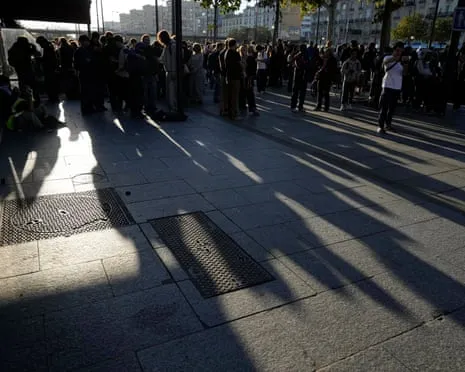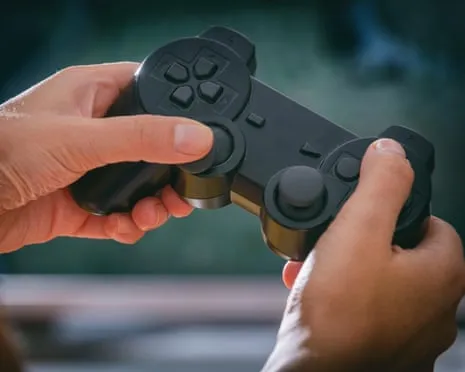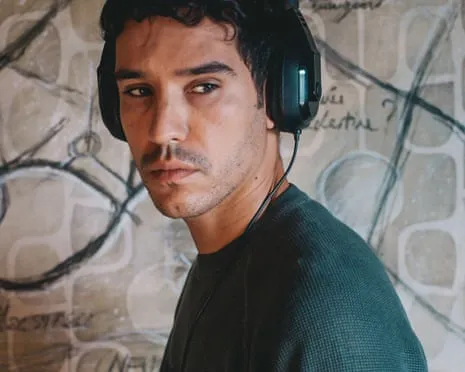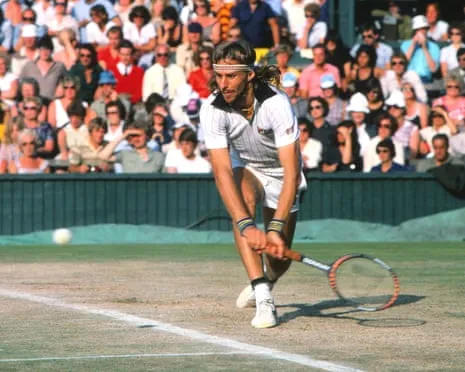The Art of Bluffing: Mastering the Poker Face
In the world of poker, mastering the art of bluffing is often considered a skill that sets the great players apart from the rest. The ability to maintain a poker face, to conceal emotions and intentions, can be a powerful tool in the game of uncertainty and strategy. Bluffing adds an element of intrigue to the game, keeping opponents on their toes as they try to decipher the truth behind the facades presented at the table.
Poker, with its combination of skill, luck, and psychological warfare, offers a platform where players must not only rely on the strength of their hands but also on their ability to outmaneuver and outwit their competitors. The poker face, a stoic expression devoid of any hints or tells, becomes a shield behind which players can hide their true thoughts and strategies. It is a delicate dance of deception and perception, where every twitch, glance, or smile can speak volumes to those paying attention.
Table of Contents
Understanding Bluffing
Bluffing in poker is a strategic tactic used by players to deceive opponents into believing they have a stronger hand than they actually do. It involves a combination of skill, timing, and psychology to successfully pull off a successful bluff. By mastering the art of bluffing, players can gain an advantage at the poker table and potentially win hands they would have otherwise lost.
Effective bluffing requires a keen understanding of the game, knowledge of opponents’ playing styles, and the ability to read their reactions and body language. It’s essential to choose the right moments to bluff, as doing it too frequently or too rarely can make your bluffs predictable and less effective. By observing how your opponents behave in different situations, you can tailor your bluffing strategy to exploit their weaknesses and maximize your chances of success.
Bluffing is not just about pretending to have a strong hand; it’s also about creating doubt and uncertainty in the minds of your opponents. A successful bluff can force opponents to fold better hands or make risky calls, ultimately influencing the outcome of the hand in your favor. However, bluffing carries risks, and players must be prepared to face the consequences if their bluff is called.
Mastering the Poker Face
When it comes to mastering the art of bluffing in poker, maintaining a composed and unreadable expression is key. A well-crafted poker face can make your opponents unsure of the strength of your hand, giving you a significant advantage at the table. 전주홀덤
The key to a convincing poker face is to control your facial expressions, body language, and tone of voice. Avoid giving away any tells that could tip off your opponents about the cards you hold. Remember, consistency is crucial – whether you have a strong hand or are bluffing, your outward demeanor should remain steady and neutral.
Practice makes perfect when it comes to honing your poker face. Spend time in front of a mirror, experimenting with different expressions, until you find one that you can maintain effortlessly. Additionally, observe the behaviors of your opponents and learn to spot any inconsistencies in their actions that may reveal the strength of their hands.
Strategies for Effective Bluffing
Bluffing in poker is both an art and a science. To successfully deceive your opponents, it’s crucial to observe their gameplay patterns and tendencies. Understanding when and how to bluff requires a deep insight into the psychology of your opponents. By paying attention to their betting behavior and body language, you can identify moments when they are vulnerable to a well-timed bluff.
Another key strategy for effective bluffing is to choose the right moment to make your move. Bluffing too frequently can make your plays predictable and diminish their impact. It’s important to vary your bluffing frequency and reserve it for situations where the odds are in your favor. Timing is everything in poker, so waiting for the opportune moment to execute a bluff can significantly increase your chances of success.
Lastly, maintaining a consistent demeanor and poker face is essential for pulling off successful bluffs. Any inconsistencies or tells in your behavior can give away the strength of your hand. Practice controlling your expressions and emotions at the table to keep your opponents guessing. A calm and composed demeanor can help you project confidence and uncertainty, making it harder for others to read your intentions.







